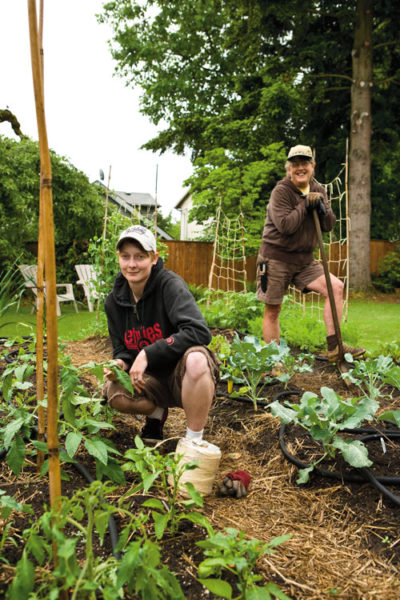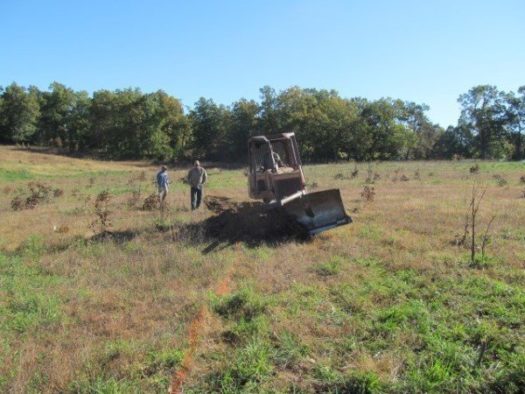Creating a Secure Future
Permaculture Jobs
How to Approach Securing Satisfying Work
Investing years of study and large amounts of money towards college degrees in our institutions of higher learning holds less and less of a guarantee of future employment, income or satisfying work.
-
Learning practical life and people skills may not make someone rich, but they will make them a valued and treasured part of most families, neighborhoods and communities.
Bill Wilson – For Midwest Permaculture
Every person already employed can use the thinking tools of permaculture to examine their current job or profession and decide what really belongs, what needs to change, what needs to be completely removed, and then work to make those appropriate changes. It provides the context and the big picture view to make competent decisions about our relationships with the world.
For those who are currently seeking employment or a livelihood, there is much opportunity. Given one’s current skill set and the local environment of commerce and employment, what is the next right thing to do? Learn a new trade? Gain experience? The current trend of taking on large debts to pursue a degree seems to be less and less rewarding. In some situations the best thing to do might be to move to a fresh location.
Ultimately the vision permaculture brings is one not of jobs but of livelihoods. How do we bring value to our local communities? What resources and skills are missing or even just underrepresented in our area? How can we provide for some or many of our needs? How can we support neighbors in providing for their needs?
Every person is different. Every situation is different. Permaculture is asking us to step into a different way of being. There is no easy, one size fits all answer. Permaculture invites every person to go through the process of connecting with what is real, what is truly out there, and what is needed in the world. It gives us tools to begin to transform the world, one person at a time.


So, what activities are required to create a sustainable culture?
Below is the list of activities, occupations and design approaches that David Holmgren believes will be critical in the foreseeable future if we are to maintain some sort of familiar way of living, but a way of living that is sustainable for future generations too.
Work in these areas should also bring one in harmony with themselves, with others and with the planet. This list is a reprint from the free .pdf found on David’s website:

Land & Nature Stewardship
Bio-intensive gardening, Forest gardening, Seed saving, Organic agriculture, Biodynamics, Natural Farming, Keyline water harvesting, Holistic rangeland management, Natural sequence farming, Agroforestry, Nature-based forestry, Integrated aquaculture, Wild harvesting & hunting, Gleaning
Building
Passive solar design, Natural construction materials, Water harvesting & waste reuse, Biotecture, Earth sheltered construction, Natural disaster resistant construction, Owner building, Pattern Language
Tools & Technology
Reuse & creative recycling, Hand tools, Bicycles and electric bikes, Efficient & low pollution wood stoves, Fuels from organic wastes, Wood gasification, Bio-char from forest wastes, Co-generation, Micro-hydro & small scale wind, Grid-tied renewable power generation, Energy storage, Transition engineering
Education & Culture
Home schooling, Waldorf education, Montessori, Participatory arts and music, Social ecology, Action research, Transition culture
Health & Spiritual Well-Being
Home birth & breast feeding, Complementary & holistic medicine, Yoga, Tai Chi & other body/mind/spirit disciplines, Spirit of place, Indigenous cultural revival, Dying with dignity
Finances & Economics
Local and regional currencies, Carpooling, Ride sharing & Car share, Ethical investment, Fair trade, Farmers markets, Community Supported Agriculture (CSA), WWOOFing & similar networks, Tradable energy quotas, Life cycle analysis, Energy accounting
Land Tenure & Community Governance
Cooperatives & Body Corporates, Cohousing & ecovillages, Native title and traditional use rights, Open Space Technology & Consensus Decision Making
